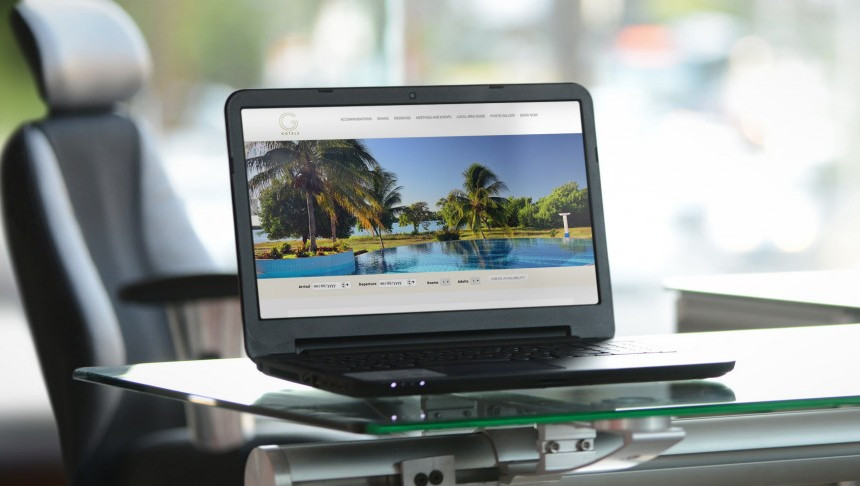
NB: This is the third part of an analysis series conducted by STR on Airbnb data in New York City.
Read Part One of STR’s analysis of Airbnb’s minor effect on Manhattan demand.
Read Part Two of STR’s analysis of Airbnb’s impact on Manhattan compression.
The first two parts of the STR analysis on Airbnb focused on Manhattan, but we didn’t want to ignore the outer boroughs, which also are affected by Airbnb’s presence.
This article examines the outlying New York City boroughs of the Bronx, Brooklyn, Queens and Staten Island (Note: Hotel data in the Bronx cannot be reported to protect hotel confidentiality).
This analysis considered only Airbnb’s statistics for private rooms and entire homes, as they are assumed to be most comparable to the typical hotel room.
Manhattan contains 84.5% of all hotel rooms and 55.1% of all Airbnb units in the New York City market. The second largest borough for hotels and Airbnb differs. Queens has the second most hotel rooms with 10.4% of New York City hotel supply.
By contrast, Brooklyn is Airbnb’s second largest borough, containing 36.7% of all Airbnb units in the city. The number of Airbnb units in Brooklyn outnumbers hotel rooms.
Airbnb makes up nearly 59% of all roomnights available (Airbnb plus hotels) in Brooklyn, which is up from 53% in 2014. Airbnb’s share of roomnights sold and room revenue in Brooklyn is not as significant as supply but both are growing.
In Queens and Staten Island, Airbnb’s share has increased the most of any New York borough. In both boroughs, Airbnb’s share of demand and revenue has doubled year over year.
In general, Airbnb units are about half as full as hotel rooms. However, occupancy in Airbnb units is increasing, particularly in the boroughs where hotel supply is more limited.
Airbnb saw the Bronx’s occupancy increase 22% and Staten Island’s grow 11%. The remaining three boroughs experienced Airbnb occupancy growth of about 6% year over year.
Conversely, hotel occupancy growth ranged from -4% (Staten Island) to +2.7% (Queens).
However, as indicated in the chart above, hotels are generally full, so expecting growth at the same rate experienced by Airbnb is unrealistic.
The occupancy chart above shows how Airbnb occupancy follows a similar seasonal pattern to that of hotels but with a one-month lag. Also, hotels experience less volatility in monthly occupancy.
The chart illustrates that in spite of the substantial growth in Airbnb supply, hotels have been able to sustain high levels of occupancy.
Read rest of the article at: Hotel News Now









